All Roads Lead to Washington: The Zero Milestone
No doubt you are familiar with D.C.’s most prominent tributes to history -- the Washington Monument, the Lincoln Memorial, possibly even that unique sculpture of Einstein lounging on Constitution Avenue. But have you ever heard of the Zero Milestone? Standing next to the White House, this small monument is easily missed, but it holds a tremendous amount of history, all contained in a 2x4 hunk of granite…well, actually it extends out a little farther than just that spot.
Based on the Roman Empire’s Golden Milestone, the Zero Milestone was originally intended to be the location from which all distances in the United States were measured. The idea originated with Dr. S. M. Johnson, a strong supporter of the Good Roads Movement, which pushed for the construction of better roads across the U.S. in the late 19th and early 20th centuries.
To call attention to the roads issue and to demonstrate that long distance automobile transport could be practical, the U.S. Army planned to send a motor convoy from Washington to San Francisco in the summer of 1919. It would be “the first transcontinental trip of its kind,” involving more than 60 military vehicles.[1] Johnson proposed that the starting point for the convoy be marked and used as the origin point for a national road system, as he wrote to Colonel J. M. Ritchie of the U.S. Army's Motor Transportation Corps:
“It seems to me the time has come when the Government should designate a point at which the road system of the United States takes its beginning, and that the spot should be marked by an initial milestone, from which all road distances in the United States and throughout the Western hemisphere should be reckoned.”[2]
The proposal was well received and a temporary Zero Milestone marker was erected on July 7, 1919, during the ceremonies celebrating the launch of the convoy. Secretary of War Newton D. Baker, a representative of the American Automobile Association, and Dr. Johnson all spoke at the send off.[3]
A year later, Congress approved a permanent marker, giving Johnson the go-ahead to hire an architect and raise funds for its construction. The chosen architect was Washingtonian Horace W. Peaslee, who carved the 2 foot by 4 foot marker from Milford granite with a bronze circle to represent a mariner’s compass. “Point for the measurement of distances from Washington on highways of the United States” reads the engraving on the south face.[4]
After its completion, the permanent marker was dedicated on June 4, 1923. As the U.S. Army band played a tune specially written for the event, Dr. Johnson spoke of his original idea. “We have taken our stand for a paved United States. This monument is placed here to mark the beginning of a system,” said Johnson.[5]
President Warren G. Harding also spoke of the Zero Milestone’s importance. “The Zero Milestone marks the meeting point of those parts of the country which once grappled in conflict, but now are happily united for all time in the bonds of national fraternity, of a single patriotism and a common destiny…. From it will diverge, to it will converge, the ceaseless tides whose movement will always keep our wide-flung population in that close intimacy of thought and interest and aim which is so necessary to the maintenance of unity and nationality.”[6]
Although largely forgotten now, the marker still represents America’s unification through the roads system. It may have worn down over the years, forgotten by some, never known by many. But next time you travel the expanse of roads that connect our country, maybe you’ll remember the tiny granite marker that was the beginning of it all.
One more tid bit… While Johnson gets the credit for the Zero Milestone, Pierre L’Enfant had a similar idea back in 1791. In his original plan of D.C., he proposed that a column “from which all distances of places through the continent were to be calculated” be placed a mile east of the Capitol in present day Lincoln Park. For whatever reason, it only took about 130 years for people to catch on to the idea. And poor L’Enfant really didn’t get any credit.
Footnotes
- ^ "60 Trucks Will Cross Continent." The Washington Post, pg. E13, July 6, 1919.
- ^ Weingroff, Richard F. Federal Highway Administration, "Zero Milestone- Washington, DC." Last modified May 31, 2012. Accessed June 25, 2013. http://www.fhwa.dot.gov/infrastructure/zero.cfm.
- ^ "60 Trucks Will Cross Continent." The Washington Post, pg. E13, July 6, 1919.
- ^ Weingroff, Richard F. Federal Highway Administration, "Zero Milestone- Washington, DC." Last modified May 31, 2012. Accessed June 25, 2013. http://www.fhwa.dot.gov/infrastructure/zero.cfm.
- ^ Ibid.
- ^ Price, Harry N. "Build Better Homes and Roads, His Plea." The Washington Post, pg. 2, June 5, 1923.


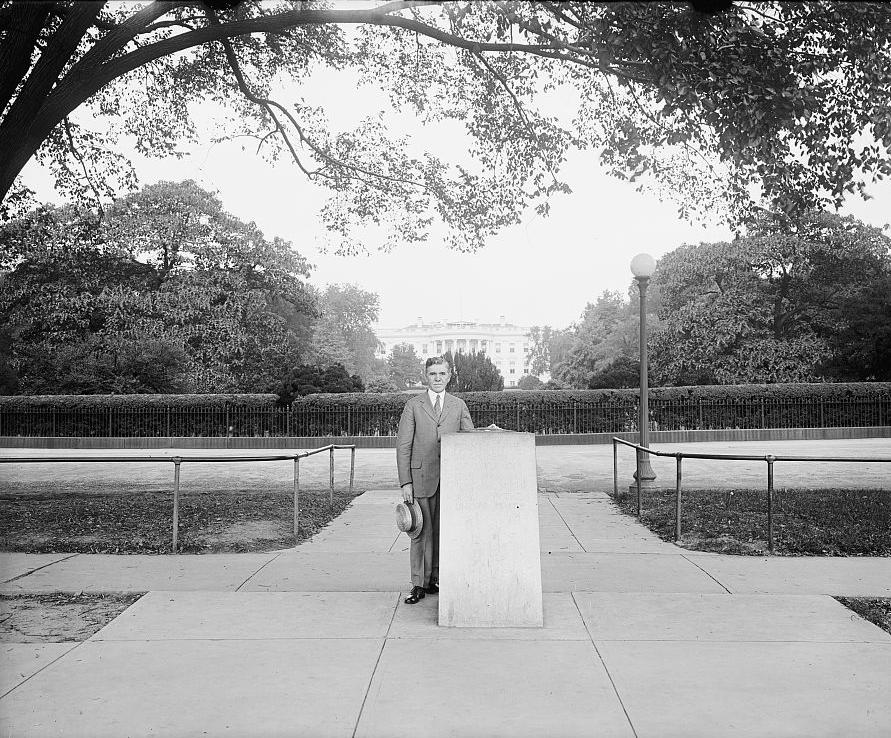
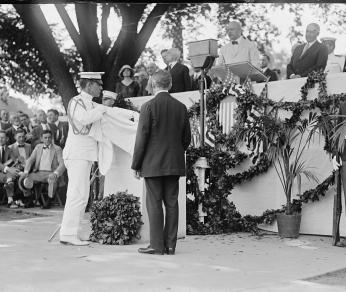
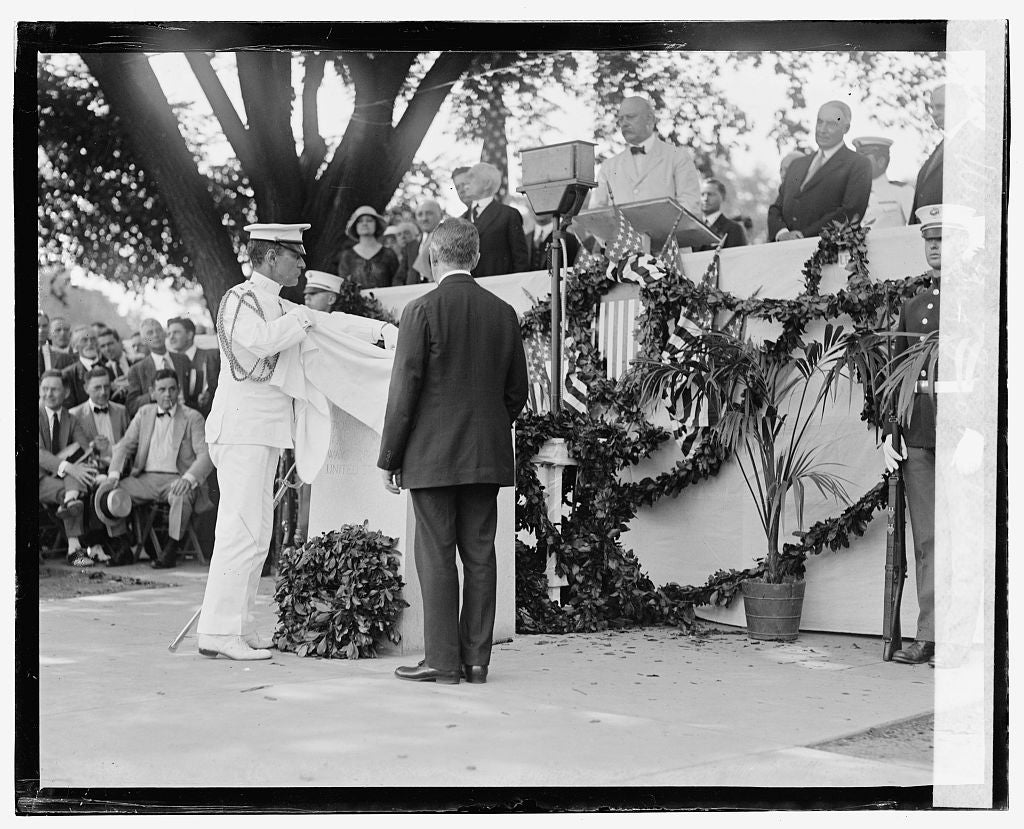
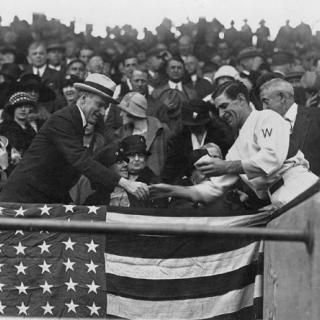
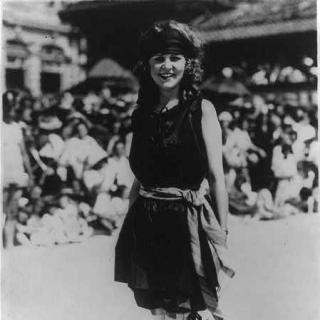
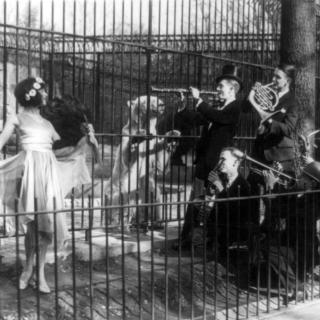
![Sketch of the mythical fuan by Pearson Scott Foresman. [Source: Wikipedia]](/sites/default/files/styles/crop_320x320/public/2023-10/Goatman_Wikipedia_Faun_2_%28PSF%29.png?h=64a074ff&itok=C9Qh-PE1)












